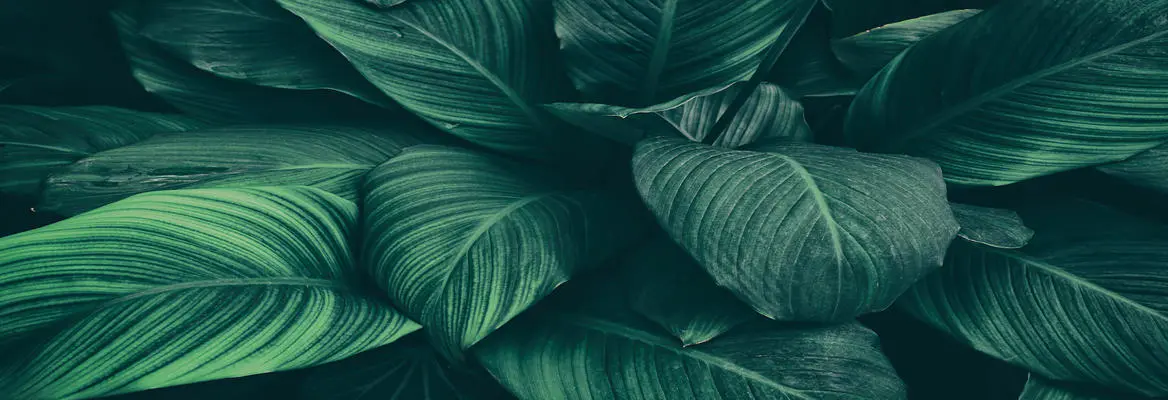We often associate the beauty of nature with a majestic sunset, or an awe-inspiring mountain. However, by focusing on the more dramatic aspects of nature, we are only scratching the surface on the sheer extent of beauty which lies within the natural world. By immersing ourselves more intimately with our surroundings, we can find beauty in places we would usually overlook, writes Arnold Berleant.
In our high-tech world, there is little we do that is not mediated by some machine or device. Our days are dominated by cell phones and computers, even when we’re eating or on the move. Like Charlie Chaplin in Modern Times, who was taken over by the machine he was operating, we have, in our times, become apps of our smartphones.
But despite the domination of technology, nature still intrudes. Natural beauty seems to have an immediate and unlearned attraction. From little children picking the first spring flowers in thoughtless fascination, to a driver pulling off the road to gaze out over a spreading landscape, and a city dweller searching up through surrounding buildings to look in silent wonder at the moon; there is gratification in these acts, the satisfaction of a primal need. To call these an appreciation of beauty recognizes the resemblance that such unlearned behaviour has to the more deliberate acts of self-fulfilling appreciation in nature and art.
The desire to experience nature deeply still lurks in the recesses of modern consciousness. And this takes different forms, from the encapsulated experiences of Sunday drives, to going on a luxury cruise or vacationing at a seaside resort, and to traveling long distances to view spectacular sights and natural wonders. The need to connect with nature is inherent in the attraction of national parks and the resolve to undertake strenuous hikes and rock-climbing expeditions. Such a need also can take a more modest form; tending house plants or a flower garden, for example. These are all means of engaging in some way and to some degree with the natural world that is the human habitat. All such occasions offer striking recognition of the aesthetic value we find in the natural world. But what is this value?
___
Natural beauty seems to have an immediate and unlearned attraction.
___
When one thinks of dramatic occasions of nature appreciation, such as observing the light show of a panoramic sunset or the slowly rising full moon in a sombre sky, the attraction is immediate, unlearned, and powerful. It’s common to think of appreciating “nature” in extravagant terms -- spectacular scenery, powerful weather events, natural “wonders”-- and to overlook the dandelion at our doorstep. While spreading landscapes and spectacular views of towering mountains are awe-inspiring, many natural beauties lie close at hand and even underfoot. We don’t have to emulate John Muir traveling across North America to gaze in rapt wonder at the high Sierras in order to connect with nature. There are modest yet fascinating appreciative experiences of nature that have the same quality of aesthetic engagement. They parallel in essential ways the dramatic acts of appreciation that we can obtain from the arts.
At the same time, we engage on innumerable occasions in experiencing nature in perceptual experiences with less drama, occasions that transfix or delight us with the rewards of more modest, even mundane appreciation. I want to suggest that such spontaneous acts are often primarily aesthetic in character, that they infiltrate and sometimes transfix our fugitive attention. First, however, let me comment on how and why these occasions of engagement, large and small, are aesthetic.





















Join the conversation